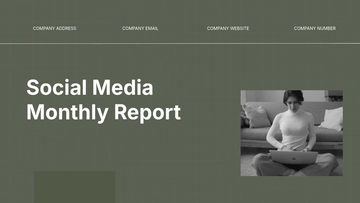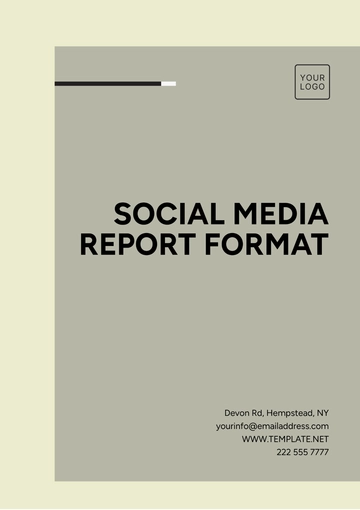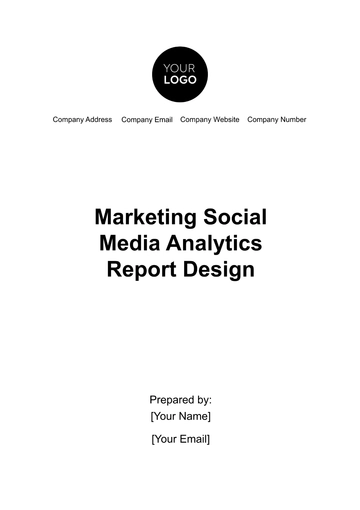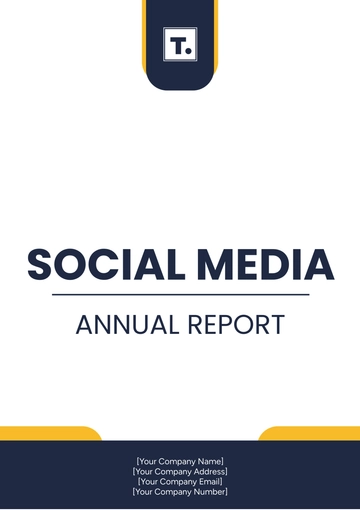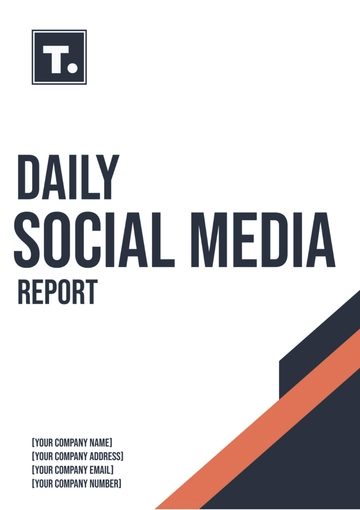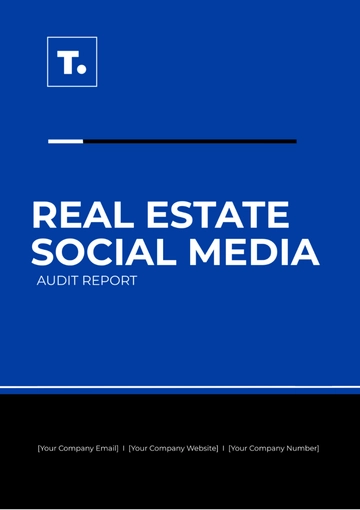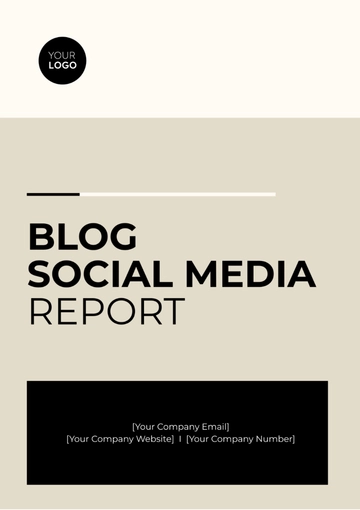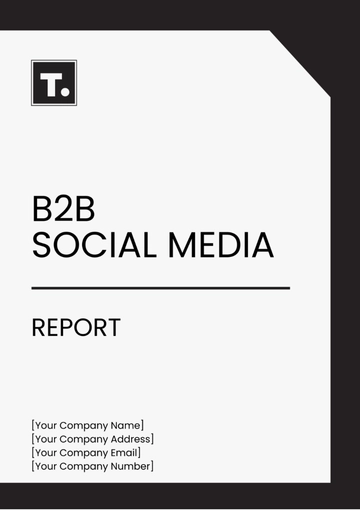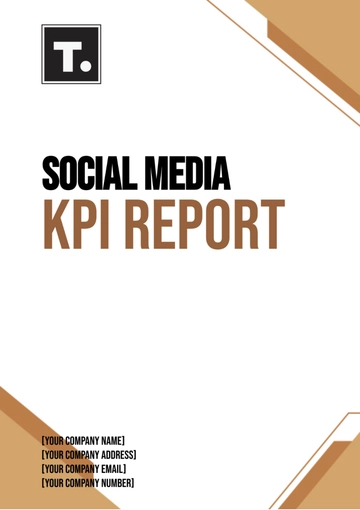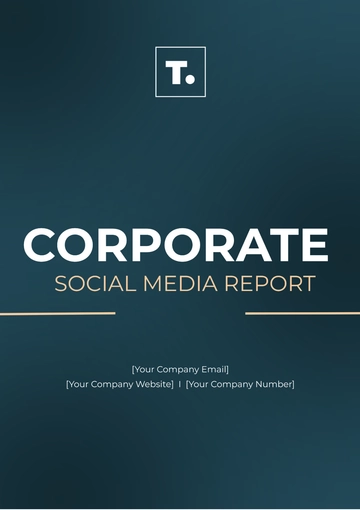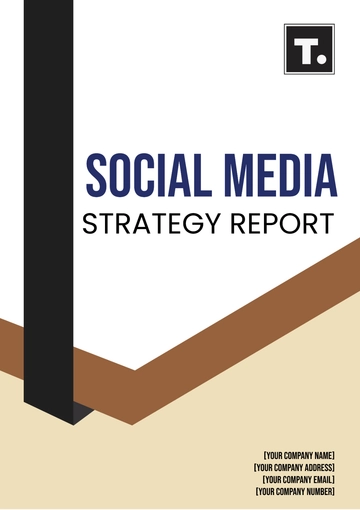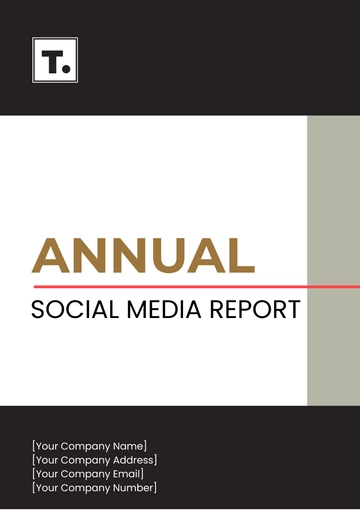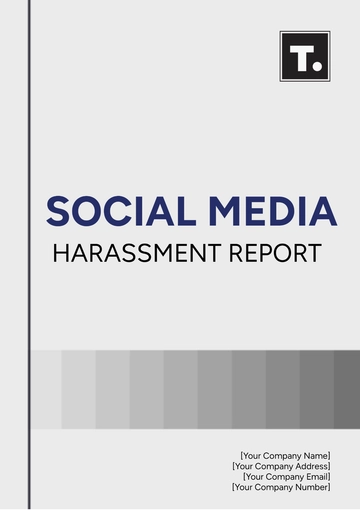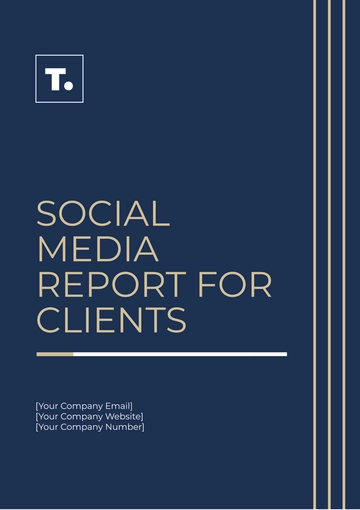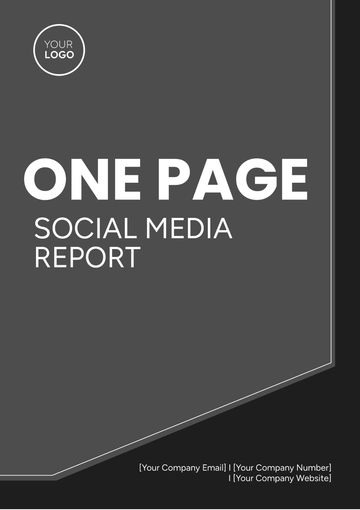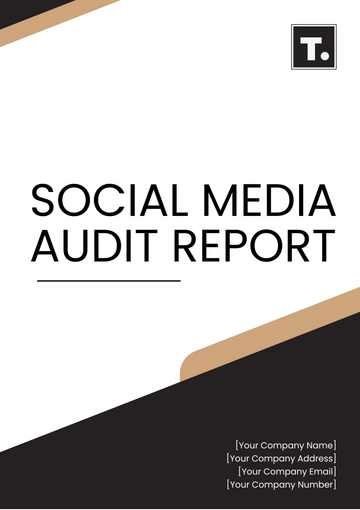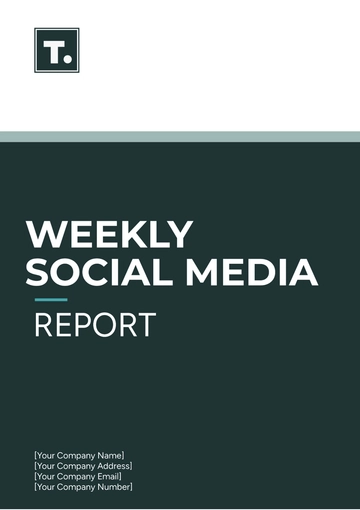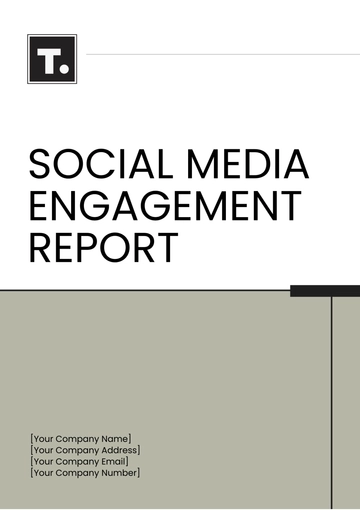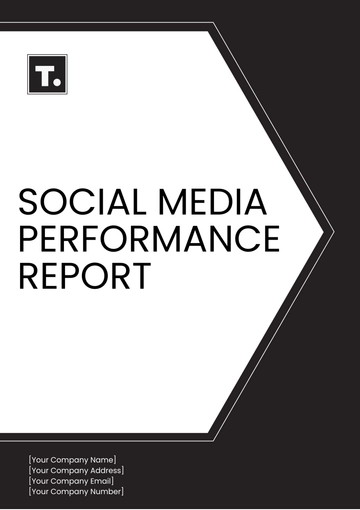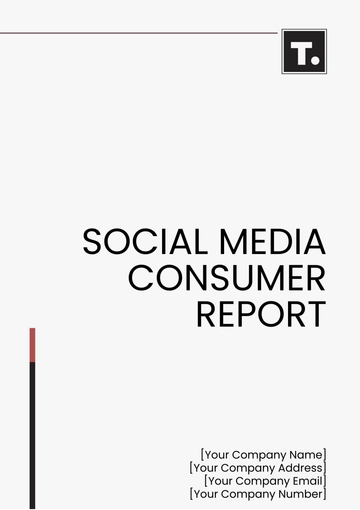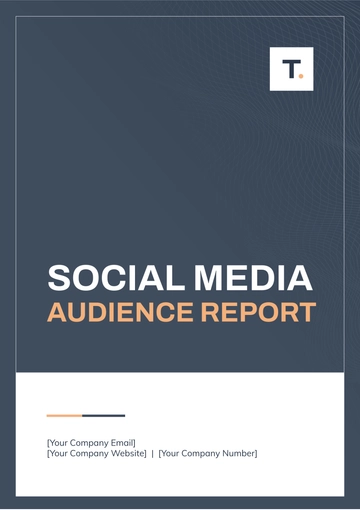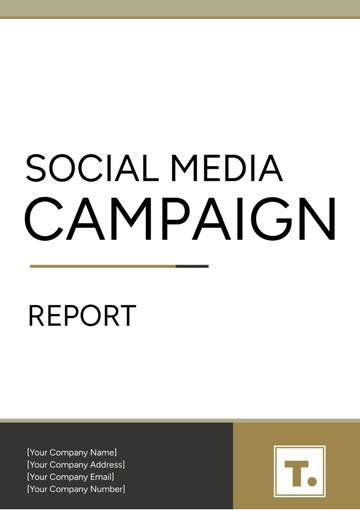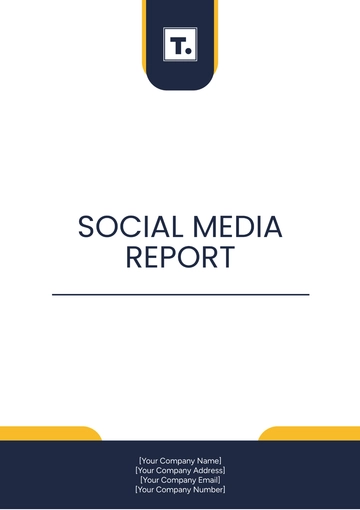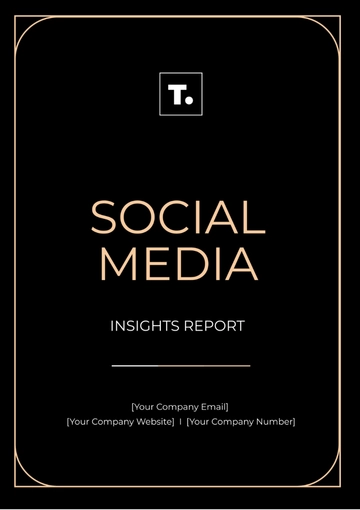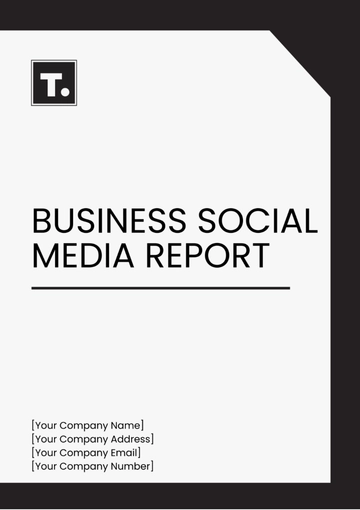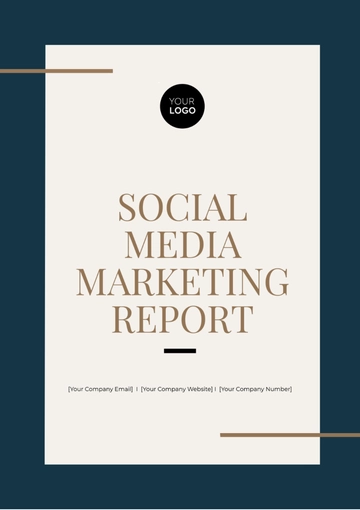Free Social Media Weekly Report
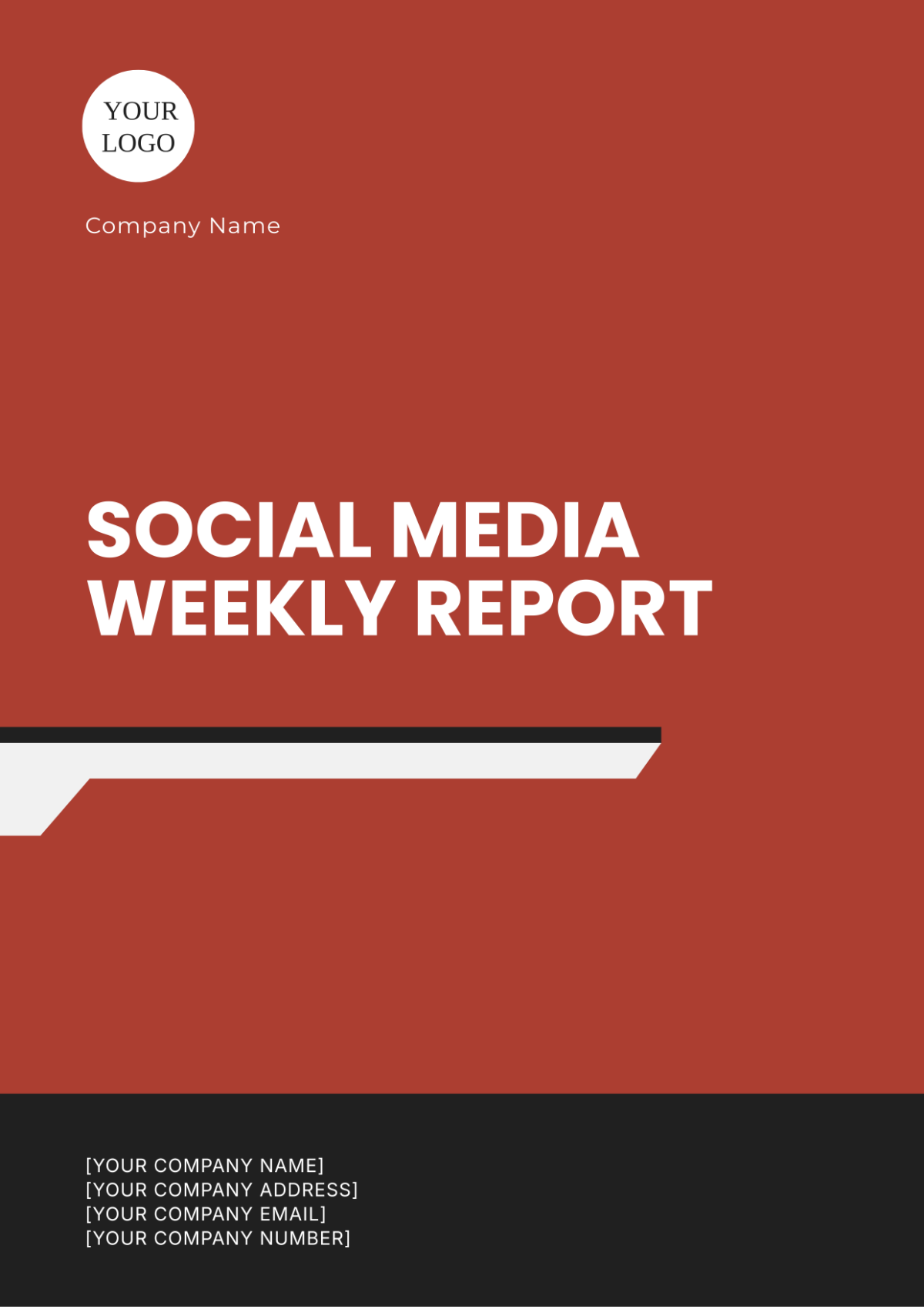
Company: [Your Company Name]
Prepared by: [Your Name]
Report Period: [Date]
I. Executive Summary
This week has been focused on improving engagement and expanding our audience on various social media platforms. Our primary goal was to increase follower count and enhance post interactions.
Overview
Increased overall engagement across platforms by 15%.
Received positive feedback from recent campaigns.
Collaborated with influencers to boost reach.
II. Key Metrics
Follower Growth
Platform | Starting Followers | Ending Followers | Growth |
|---|---|---|---|
10,000 | 10,800 | 8% | |
15,000 | 16,500 | 10% | |
8,000 | 8,400 | 5% |
Engagement Rates
Facebook: 12%
Instagram: 18%
Twitter: 7%
III. Content Performance
Top Performing Posts
Instagram: "New Product Launch" - 5,000 likes, 200 comments
Facebook: "Customer Testimonial" - 3,200 likes, 150 shares
Twitter: "Behind the Scenes" - 1,000 retweets, 500 likes
Content Insights
Our audience responded well to authentic content and behind-the-scenes looks at our company. Posts featuring user-generated content also performed exceptionally well.
IV. Campaign Insights
Ongoing Campaigns
Summer Sale Campaign
Influencer Collaboration Campaign
Results
Both campaigns are driving significant traffic to our website and have resulted in a 20% increase in conversions over the past week.
V. Next Steps
Action Items for Next Week
Launch the Fall Product Campaign.
Increase focus on LinkedIn for B2B engagement.
Schedule a content calendar meeting.
- 100% Customizable, free editor
- Access 1 Million+ Templates, photo’s & graphics
- Download or share as a template
- Click and replace photos, graphics, text, backgrounds
- Resize, crop, AI write & more
- Access advanced editor
Introducing the Social Media Weekly Report Template from Template.net. Crafted for efficiency, this editable and customizable template streamlines your reporting process. Effortlessly track metrics and insights across platforms, while enjoying the convenience of editing in our Ai Editor Tool. Elevate your social media strategy with precision and ease.
You may also like
- Sales Report
- Daily Report
- Project Report
- Business Report
- Weekly Report
- Incident Report
- Annual Report
- Report Layout
- Report Design
- Progress Report
- Marketing Report
- Company Report
- Monthly Report
- Audit Report
- Status Report
- School Report
- Reports Hr
- Management Report
- Project Status Report
- Handover Report
- Health And Safety Report
- Restaurant Report
- Construction Report
- Research Report
- Evaluation Report
- Investigation Report
- Employee Report
- Advertising Report
- Weekly Status Report
- Project Management Report
- Finance Report
- Service Report
- Technical Report
- Meeting Report
- Quarterly Report
- Inspection Report
- Medical Report
- Test Report
- Summary Report
- Inventory Report
- Valuation Report
- Operations Report
- Payroll Report
- Training Report
- Job Report
- Case Report
- Performance Report
- Board Report
- Internal Audit Report
- Student Report
- Monthly Management Report
- Small Business Report
- Accident Report
- Call Center Report
- Activity Report
- IT and Software Report
- Internship Report
- Visit Report
- Product Report
- Book Report
- Property Report
- Recruitment Report
- University Report
- Event Report
- SEO Report
- Conference Report
- Narrative Report
- Nursing Home Report
- Preschool Report
- Call Report
- Customer Report
- Employee Incident Report
- Accomplishment Report
- Social Media Report
- Work From Home Report
- Security Report
- Damage Report
- Quality Report
- Internal Report
- Nurse Report
- Real Estate Report
- Hotel Report
- Equipment Report
- Credit Report
- Field Report
- Non Profit Report
- Maintenance Report
- News Report
- Survey Report
- Executive Report
- Law Firm Report
- Advertising Agency Report
- Interior Design Report
- Travel Agency Report
- Stock Report
- Salon Report
- Bug Report
- Workplace Report
- Action Report
- Investor Report
- Cleaning Services Report
- Consulting Report
- Freelancer Report
- Site Visit Report
- Trip Report
- Classroom Observation Report
- Vehicle Report
- Final Report
- Software Report
